The Ultimate Guide to Electroplating Anodes
With deep electroplating anode manufacturing technology and strict quality control system, Wstitanium is committed to providing the best customized electroplating anode solutions to customers around the world. We are your trusted one-stop electroplating anode supplier.
- Zinc Anode
- Silver Anode
- Nickel Anode
- Copper Anode
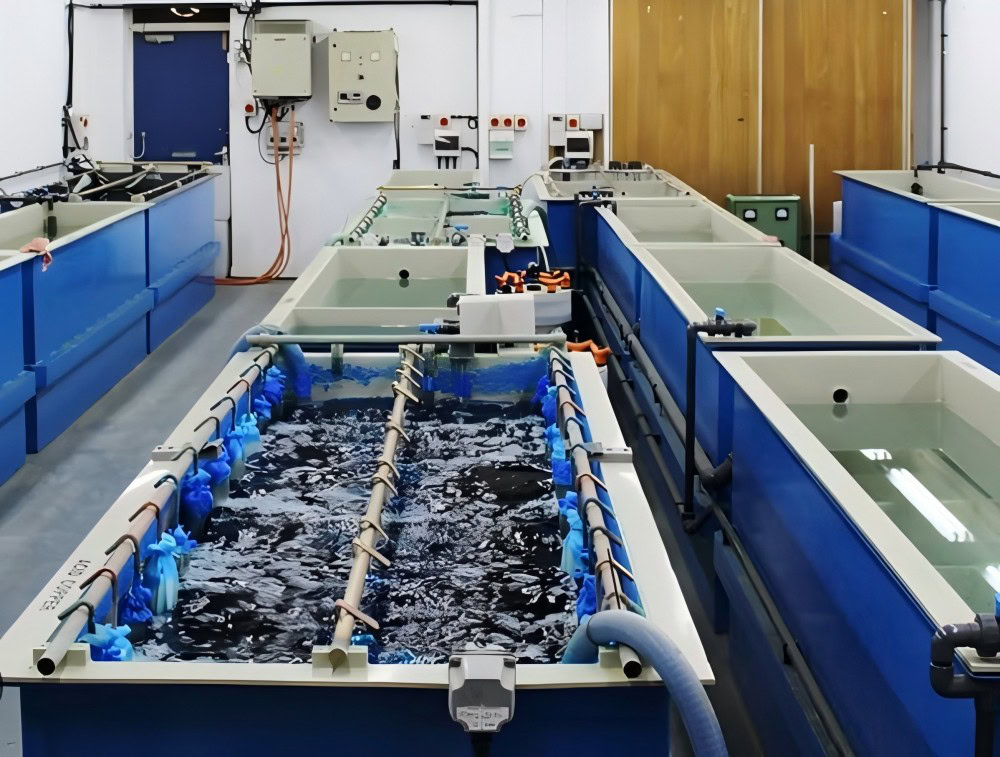
Your One-Stop Electroplating Anode Manufacturer & Supplier
As an important surface treatment technology, electroplating is widely used in various fields of manufacturing, from automotive parts to electronic products, from jewelry to aerospace parts. In the electroplating process, the anode plays a vital role, which directly affects the quality, efficiency and cost of electroplating. In-depth understanding of the principles, types, performance characteristics, selection methods and maintenance points of electroplating anodes manufactured by Wstitanium is of key significance for optimizing the electroplating process and improving the quality of electroplating.
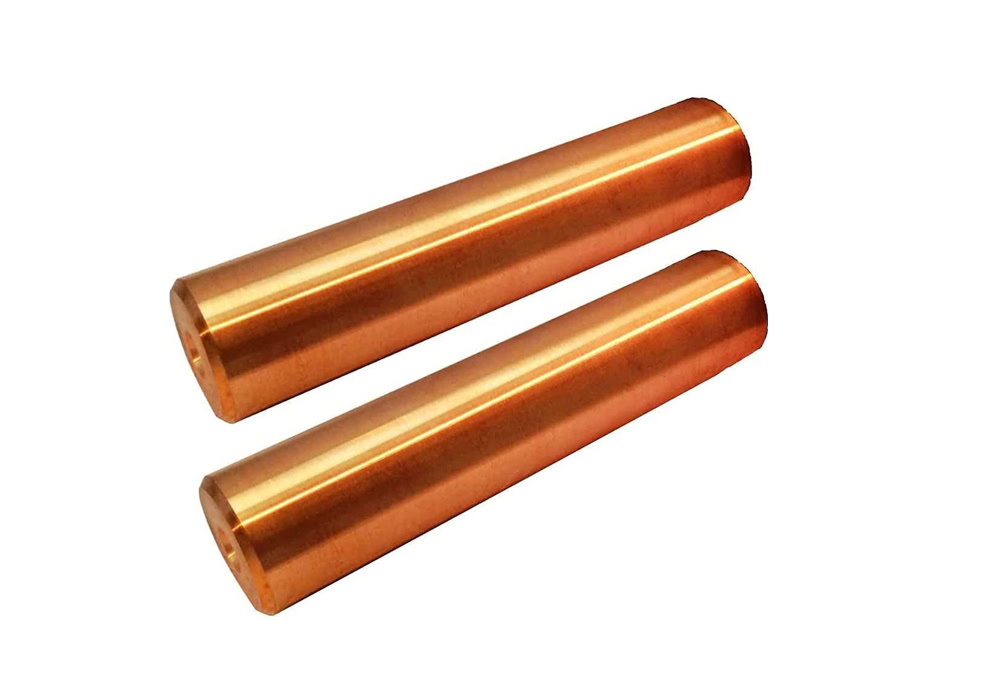
Pure Copper Anode
The purity of pure copper anode is usually above 99.95%, providing a stable and pure source of copper ions in copper plating. It ensures that the copper coating has excellent conductivity and uniform thickness distribution.
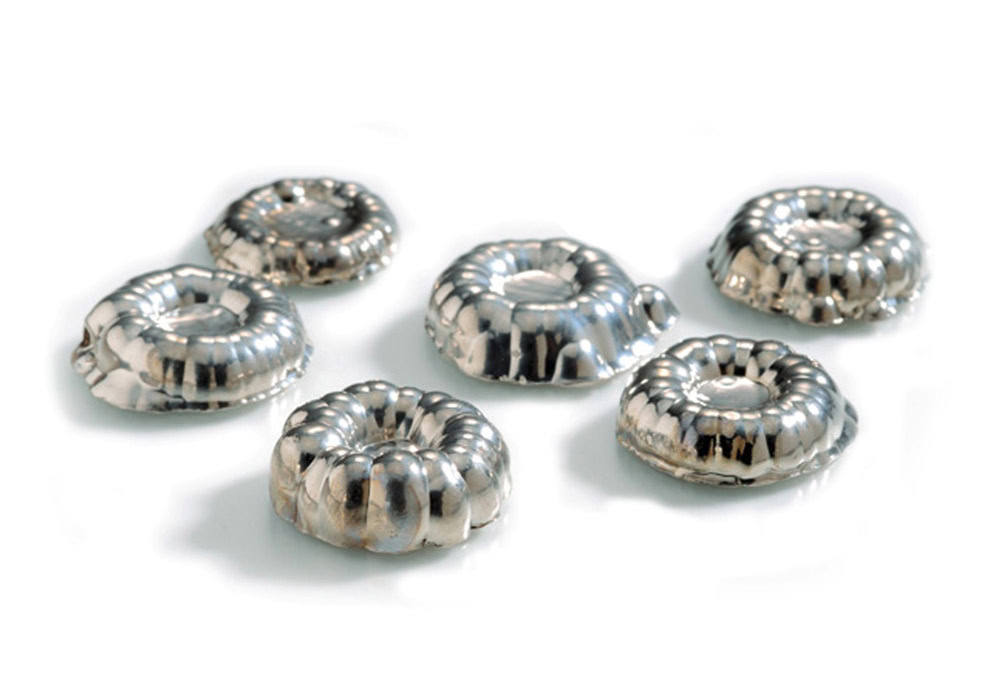
Pure nickel anode
Pure nickel anode is also known for its high purity, and its purity is generally not less than 99.9%. It is especially suitable for occasions where high requirements are placed on the hardness, wear resistance and corrosion resistance of the coating.
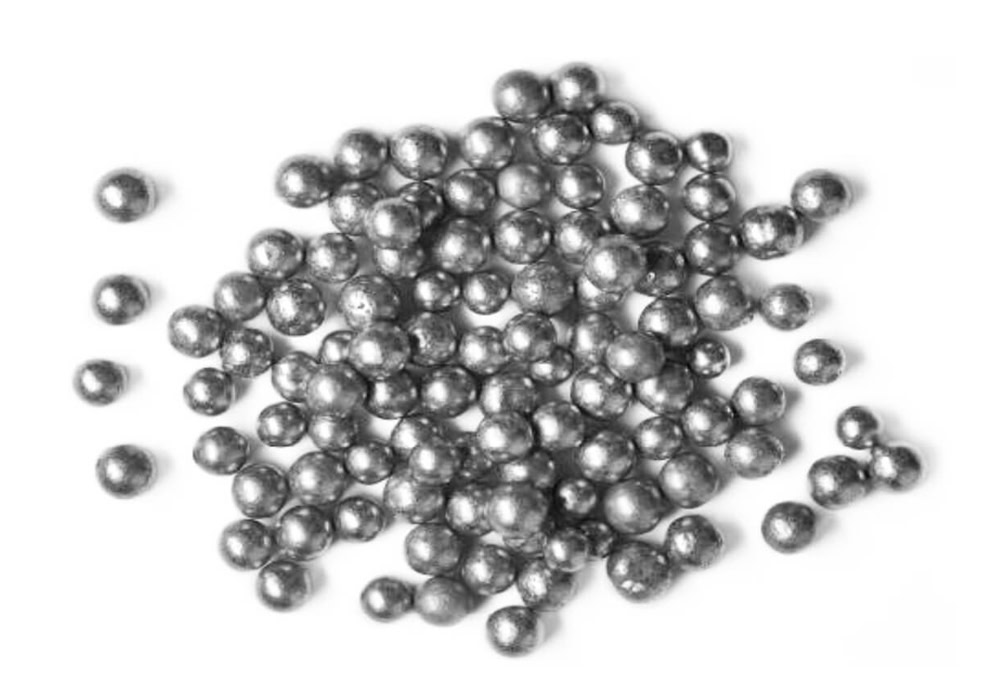
Zinc-nickel alloy anode
The ratio of zinc and nickel in the alloy is precisely controlled (usually the zinc content is between 80% – 90% and the nickel content is between 10% – 20%), so that it can provide a coating with unique properties during the electroplating process.
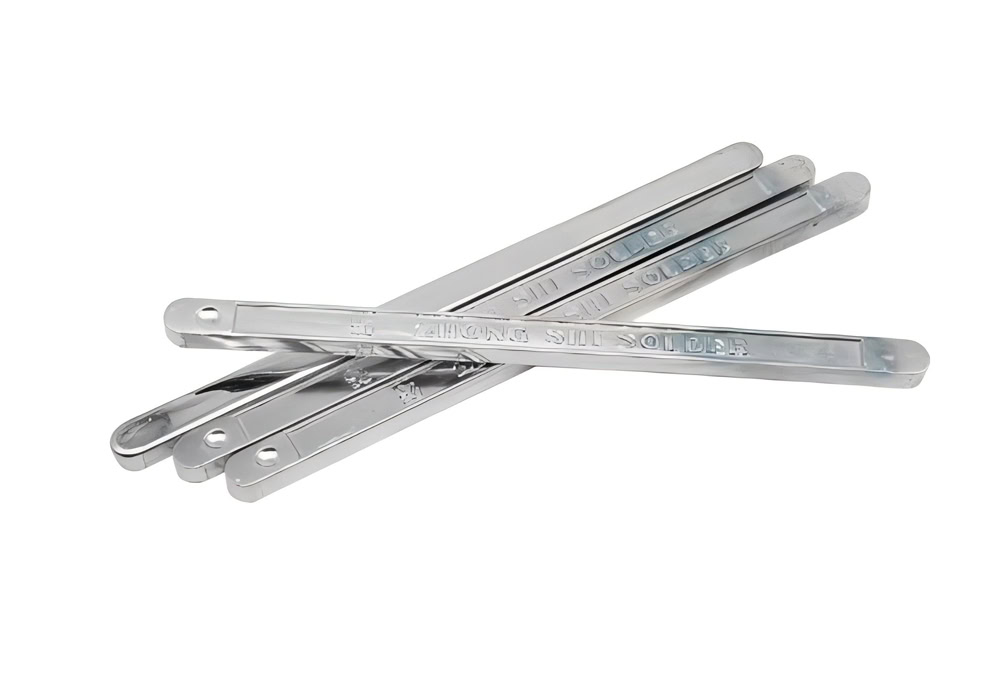
Lead-tin alloy anode
The lead content is generally between 60% – 80% and the tin content is between 20% – 40%. This alloy anode is widely used in solderability electroplating in the electronics industry, such as in the tinning process of printed circuit boards (PCBs).

Graphite anode
Graphite anode has good conductivity and chemical stability. In chrome plating, as an insoluble anode, it effectively avoids the generation of harmful hexavalent chromium mist and other problems. The cost of graphite anode is relatively low.
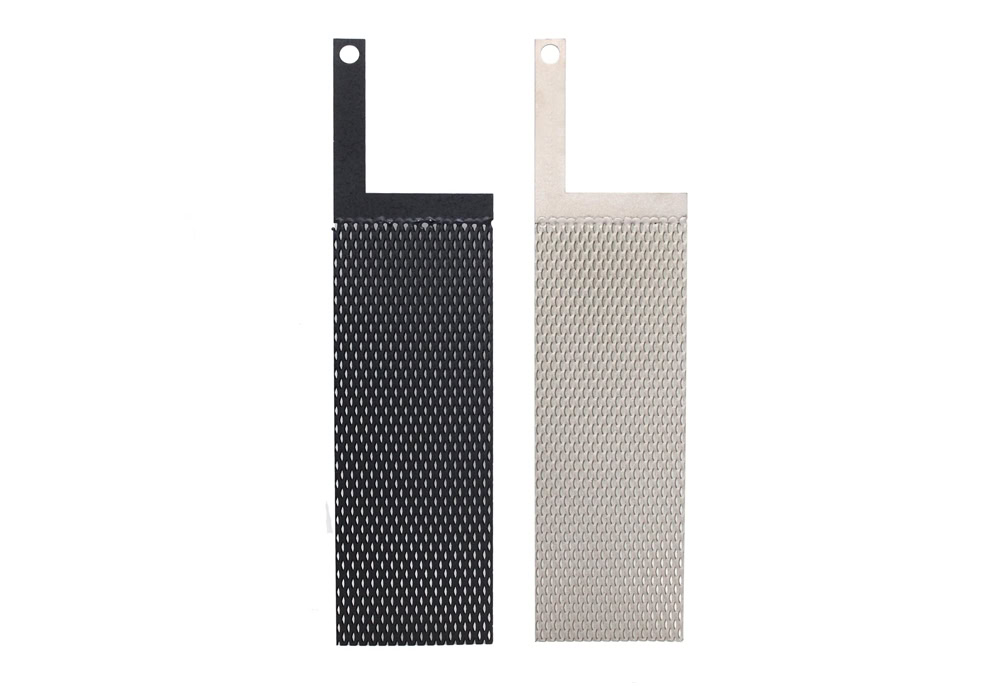
Dimensionally Stable Anode
Metal oxide coated anode (MMO) is based on titanium and coated with one or more layers of ruthenium, iridium, and platinum oxides. It is applied with copper plating, nickel plating, gold plating, chromium plating, zinc plating, etc.
Function of electroplating anode
Electroplating is a process that uses electrochemical methods to deposit a layer of metal or alloy on a metal or non-metal surface. Its principle is based on the reaction of an electrolytic cell. The workpiece to be plated is used as the cathode, and the anode is selected according to different electroplating requirements. A soluble anode (such as a pure copper anode for copper plating, which dissolves itself to replenish the copper ions in the plating solution) or an insoluble anode (such as an MMO anode) is selected. The electroplating tank is filled with an electrolyte containing the metal ions to be plated. After direct current is passed, the metal ions obtain electrons on the cathode surface and are reduced to metal atoms and deposited layer by layer to form a uniform and dense coating, thereby giving the workpiece corrosion resistance, wear resistance, decorative properties and other properties.
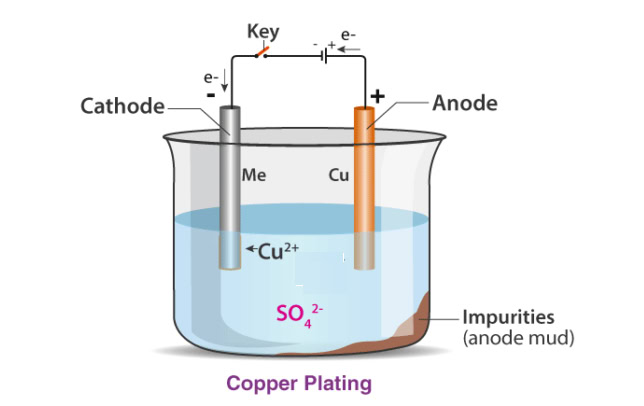
- Provide metal ions
This is the most important function of the anode. During the electroplating process, the anode continuously dissolves, releasing the metal elements it contains into the electroplating solution in the form of ions, replenishing the metal ions consumed in the electroplating solution, and making the coating uniformly and continuously deposited on the cathode surface.
- Electrochemical reaction
The oxidation reaction occurring on the anode is an important part of the electrochemical reaction in the electroplating process. Through the oxidation reaction of the anode, the transfer of electrons is realized, so that the current in the entire electroplating circuit can flow. The reaction rate and product of the anode affect the quality and efficiency of electroplating.
- Influence on electroplating solution
The metal ions produced by anodic dissolution not only provide the material basis for the coating, but also affect the conductivity, dispersion ability, covering ability and other properties of the electroplating solution. Appropriate anodic dissolution rate and ion release amount contribute to the stability of electroplating and the consistency of coating quality.
MMO Anode For Electroplating
The MMO anode is based on titanium, and a mixed metal oxide coating is coated on its surface, such as iridium (Ir), ruthenium (Ru), platinum (Pt), etc. Titanium provides a stable and reliable support structure for the anode due to its low density, high strength, and strong corrosion resistance. The mixed metal oxide coating is the core active part of the MMO anode, giving the anode good conductivity, electrocatalytic activity, and high chemical stability.
Working Principle
During the electroplating process, the MMO anode is connected to the positive pole of the power supply, and the workpiece to be plated is connected to the negative pole of the power supply. When direct current is passed into the electroplating tank, an oxidation reaction occurs at the anode. Taking the common copper plating process as an example, in the copper sulfate electrolyte system, the metal oxide coating on the surface of the MMO anode catalyzes the oxidation reaction of water molecules to produce oxygen and hydrogen ions: 2H₂O – 4e⁻ = O₂↑ + 4H⁺.
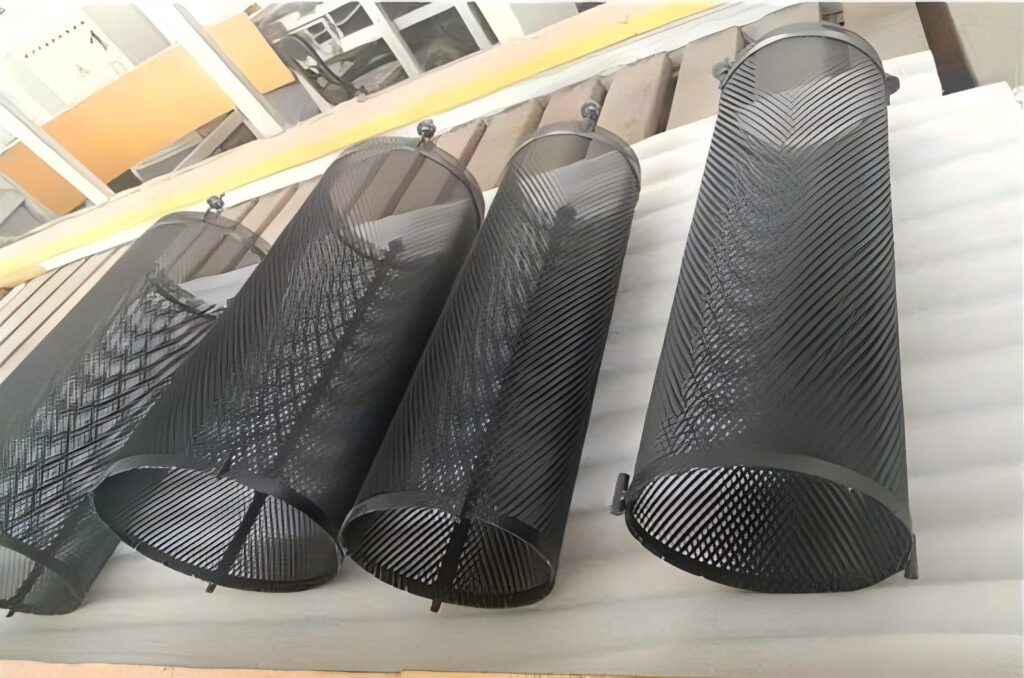
In this process, electrons flow from the anode to the cathode (the workpiece to be plated) through the external circuit, and the copper ions (Cu²⁺) in the solution are reduced to metallic copper by electrons at the cathode and deposited on the surface of the workpiece: Cu²⁺ + 2e⁻ = Cu, thereby achieving the purpose of electroplating. The MMO anode does not participate in the electrochemical reaction and is consumed, but only plays the role of conducting current and catalyzing the reaction, ensuring that the electroplating process is stable and continuous.
MMO Anode Category
According to the coating composition and application scenarios, MMO anodes are mainly divided into oxygen-evolving anodes and chlorine-evolving anodes. Oxygen-evolving anodes are suitable for electrolyte systems such as sulfates and nitrates. During electroplating, the anode precipitates oxygen, such as in nickel plating, gold plating, and copper plating. Chlorine-evolving anodes are mainly used in chloride electrolyte systems. The anode releases chlorine gas, which is common in some special electroplating needs and electroplating applications related to the chlor-alkali industry.

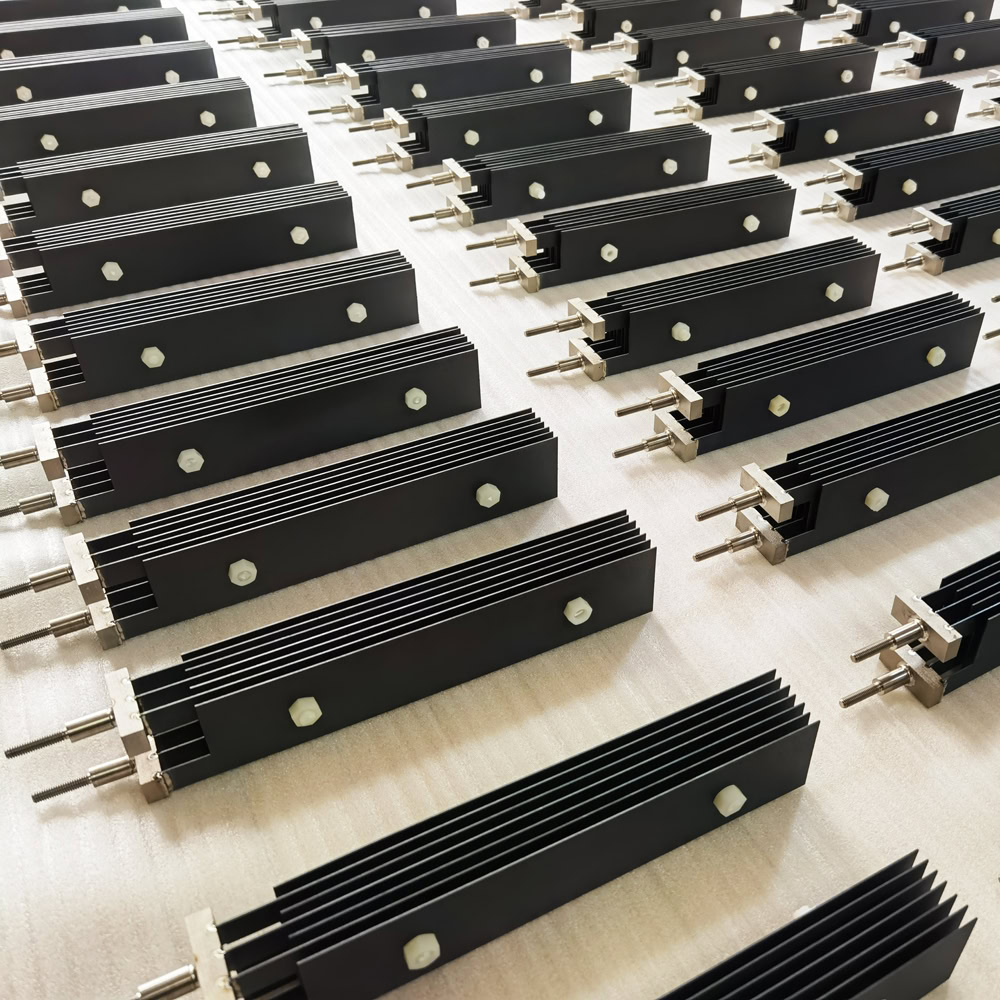
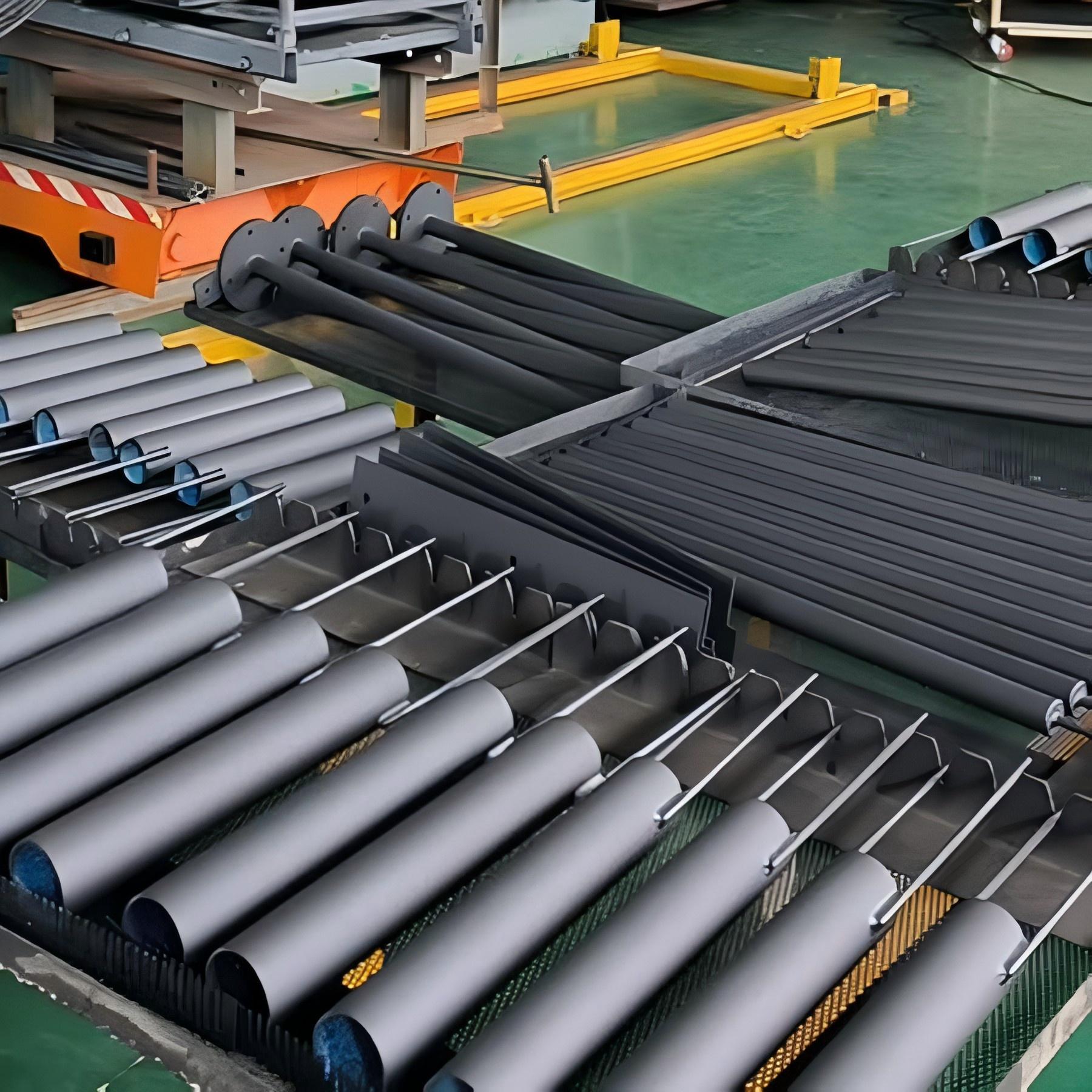
Advantages of MMO Anode in Electroplating
MMO anodes have a long service life, which is several times or even more than the life of traditional lead-based alloy anodes, reducing the cost and time loss of frequent anode replacement. At the same time, it has a low overpotential for oxygen or chlorine evolution. Compared with the insoluble anode of lead alloy, the oxygen evolution overpotential of the oxygen-evolving anode is about 0.5V lower, which reduces the cell voltage during the electrolysis process, greatly saves energy consumption, and reduces production costs. MMO anodes have high chemical stability and will not dissolve into the plating solution, avoiding contamination of the plating solution and ensuring the high quality of electroplated products.
- Coating uniformity
MMO anode provides uniform and stable current distribution. Taking nickel plating as an example, MMO anode can promote the uniform reduction and deposition of nickel ions in the plating solution on the surface of the cathode (plated part). The thickness of the nickel plating layer is uniform.
- Reduce impurities
MMO anode itself has extremely high chemical stability and is almost insoluble in common electroplating solutions. MMO anode avoids trace metal impurities from entering the plating solution, ensuring the purity of the plating solution and making the gold plating layer purer and brighter.
- High current
MMO anode can withstand higher current density. In the copper plating process, when a larger current density is used, MMO anode accelerates the deposition rate of copper ions on the cathode, shortens the electroplating time, and increases the output of plated parts per unit time.
- Easy maintenance
MMO anode does not require frequent maintenance. MMO anode does not participate in the consumption of electrochemical reactions. It only needs to check the integrity of the coating regularly, which reduces the production line shutdown caused by anode maintenance and improves efficiency.
- Energy saving
Because the MMO anode has a low overpotential for oxygen or chlorine evolution. Taking large-scale nickel plating as an example, assuming that the voltage of the traditional anode tank is 3V and the voltage of the MMO anode tank is 2.5V. The MMO anode can significantly reduce power consumption.
- Reduce pollution
The MMO anode does not dissolve into the plating solution, avoiding plating solution pollution and reducing the cost of plating solution purification. At the same time, it reduces the content of heavy metal ions in the waste plating solution and reduces environmental pollution.
Application of MMO Anodes in Different Electroplating
The application of MMO anodes in different electroplating processes, such as copper plating, nickel plating, gold plating, zinc plating, etc., has shown unparalleled advantages over traditional anodes, and has provided strong technical support for the transformation and upgrading of the electroplating industry.
Electroplating Copper
In the manufacture of printed circuit boards (PCBs), copper plating of through holes and micro blind holes on circuit boards requires good uniformity and high ductility of the copper plating layer to ensure stable transmission of electronic signals and reliability of the circuit. MMO anodes can work stably under complex current conditions such as pulse electroplating. By precisely controlling the current distribution, it ensures that copper ions are uniformly deposited in small holes and narrow slits to form a delicate and bright copper plating layer.
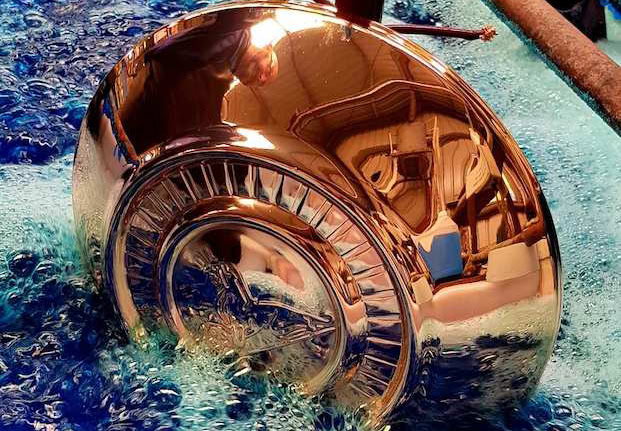
Electroplating Nickel
MMO anodes provide a stable current to promote the uniform deposition of nickel ions on the surface of the workpiece to form a dense nickel plating layer, which effectively blocks the corrosion of the base metal by external corrosive media. In the nickel plating of electronic components to improve conductivity and solderability, MMO anodes ensure the purity and uniformity of the nickel plating layer, optimize the physical properties of the nickel plating layer, and ensure good electrical properties of electronic components.

Electroplating Gold
In the gold plating process of electronic chip pins, connectors, etc., the purity and thickness uniformity of the gold plating layer are extremely high. The MMO anode does not pollute the plating solution, ensuring the high purity of the gold plating layer. At the same time, the uniform current distribution enables precise control of the thickness of the gold plating layer, meeting the strict requirements of the electronics industry for high-precision gold plating. In the decorative gold plating of jewelry, watch casings, etc., the MMO anode, combined with the carefully formulated plating solution formula and process parameters, can obtain a bright, bright and long-lasting gold plating layer, improving the beauty and added value of the product.
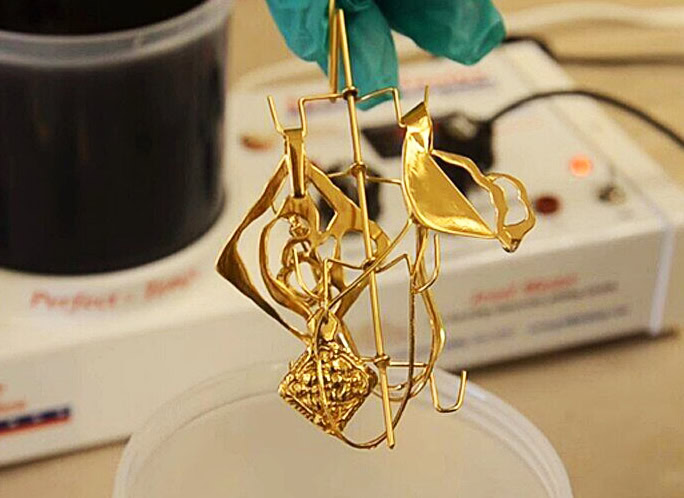
Electrogalvanizing
In the post-processing process such as passivation of hot-dip galvanized products, the use of MMO anodes for electrolytic treatment can make the passivation film more uniform and dense, and improve the corrosion resistance and decorativeness of the zinc plating layer. For example, in the post-processing of automotive galvanized sheets, the passivation film after electrolytic treatment of MMO anodes can effectively resist erosion by environmental factors such as acid rain and ultraviolet rays.
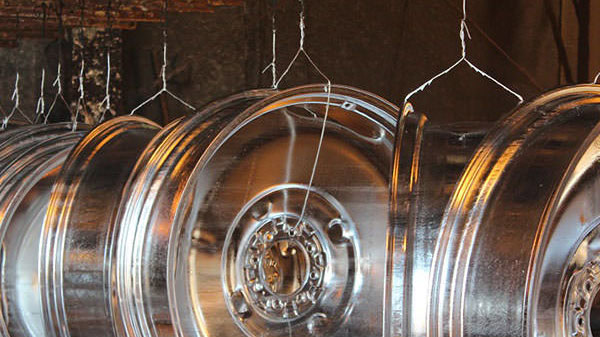
Selecting the Right Electroplating Anode
Choosing the right electroplating anode for your application is a critical decision that significantly impacts electroplating quality and efficiency. With over a decade of expertise and commitment to excellence, Wstitanium will guide you through the selection process.
| Consideration Factors | Specific Content | Selection Suggestions |
| Type of Electroplating Process | Different electroplating processes have different requirements for the electrocatalytic performance and corrosion resistance of the anode. For example, the working environments of acid copper plating and alkaline copper plating are different; the hexavalent chromium electroplating process has extremely high requirements for the chemical stability of the anode. | For acid copper plating, an MMO anode mainly coated with iridium ruthenium can be selected, which has good electrocatalytic activity and stability in an acidic environment; for alkaline copper plating, an MMO anode with a specific coating adaptable to the alkaline environment should be selected. For the chromium plating process, an MMO anode with high chemical stability is used. |
| Current Density Requirements | Current density affects the electroplating efficiency and the quality of the coating. Different scales of electroplating production and different electroplating processes require different current densities. | For large – scale continuous electroplating production, select an MMO anode that can withstand high current densities and has stable performance; for processes with high requirements for coating quality and precise control of the electroplating process, select an MMO anode that can also work stably at low current densities. |
| Characteristics of Plating Solution Components | The acidity and alkalinity of the plating solution, and whether it contains components such as chloride ions, will affect the stability and service life of the MMO anode coating. | In a strongly acidic plating solution, select a coating with good acid resistance, such as increasing the iridium content in the coating; in a plating solution containing chloride ions, ensure that the anode coating has high chemical stability in this environment. |
| Anode Shape and Size | It needs to be adapted to the shape and size of the electroplating tank, as well as the shape and size of the cathode (plated parts) to ensure uniform current distribution. | For plated parts with complex shapes, select anode shapes that can be flexibly adjusted in position and angle, such as mesh – shaped and filament – shaped anodes; for large – scale electroplating tanks, larger – sized plate – shaped anodes can be selected. |
| Expected Service Life | The service life of the MMO anode is affected by various factors such as coating quality and working conditions. Different electroplating productions have different tolerances for the anode replacement cycle. | Enterprises with high requirements for production continuity and high anode replacement costs should select high – quality MMO anodes with long service lives; for short – term or temporary electroplating projects, select relatively economical anodes based on cost – effectiveness evaluation. |
| Cost Budget | The price of MMO anodes is affected by the prices of raw materials (such as precious metals like iridium and ruthenium) and the complexity of the manufacturing process. Enterprises need to comprehensively consider the initial procurement cost and long – term use cost. | Enterprises with abundant funds and the pursuit of long – term benefits should give priority to selecting MMO anodes with superior performance, higher costs but lower long – term use costs; small enterprises with tight funds should, after evaluating cost – performance, select anodes that meet basic production needs and have controllable costs. |
| Supplier Reputation and Product Quality | Products from high – quality suppliers are reliable in quality, stable in performance, and can provide good after – sales service and technical support. | Select suppliers with a good reputation, rich production experience, and a complete quality inspection system. Check product quality certifications, customer reviews and other information. |
MMO coated titanium electrodes are versatile and suitable for a wide range of electroplating applications. Wstitanium specializes in providing tailor-made solutions to meet your electroplating needs. With more than a decade of industry expertise, we offer a range of materials, surface treatments and specifications to meet any size project. Trust Wstitanium to be your professional partner for reliable and efficient electroplating.